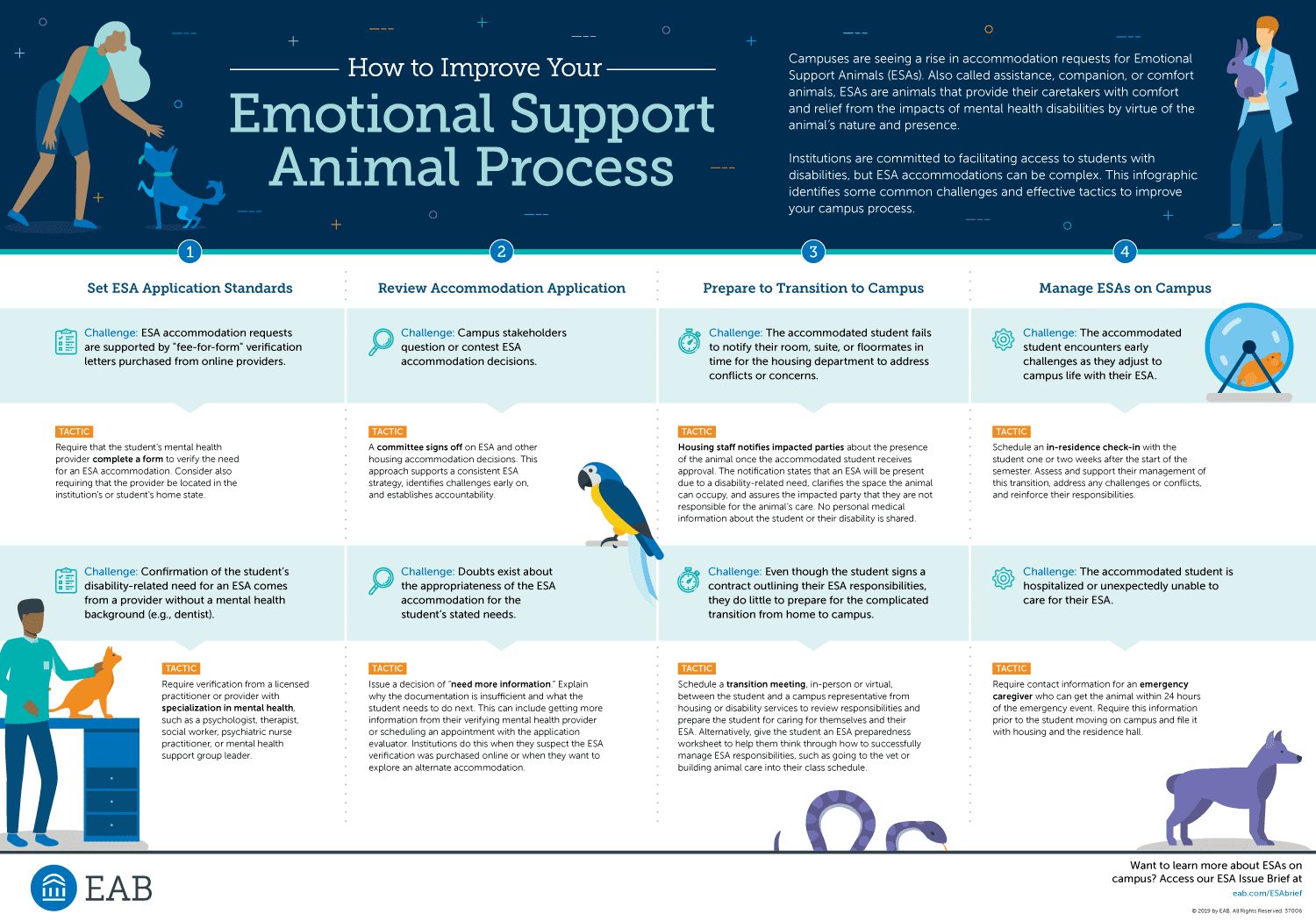We all love campus wildlife and, as reported here recently, there has been a lot more of it about during the lockdown. We’ve also had these stories about parakeets and elks in universities.
And, of course, the geese.

Beyond puppy rooms
There is now a widespread practice of bringing animals onto campus to help with exam stress relief. It started in the US but now puppy rooms and the like can be found in most universities at exam time. Not all have alpacas, llamas, miniature therapy horses, piglets, baby chickens, and kittens though.

The bear necessities
However, unlike the US, it is still really rare in the UK for students to be permitted to bring emotional support animals into university halls. Whilst most halls do allow assistance dogs for those with particular needs, the vast majority (if not all) are still in the position of banning all other animals from residences. There are many good reasons for this and these rules do go back a long way.
Specifically there is the legendary tale of Lord Byron in 1805 when he was studying at Trinity college in Cambridge and was told that he couldn’t bring his pet dog with him as dogs were banned. Byron was apparently so annoyed by this that he acquired and brought a bear with him instead which was not specifically precluded by the regulations. It was further said that the bear remained with him in his room during his time at College and he would also take for walks around the grounds.
Pets at home
Handily, for those institutions in the UK which do decide that now might be the very time to introduce an emotional support animal policy, our good friends at EAB can offer some advice. As they put it:
Campuses are seeing a rise in accommodation requests for emotional support animals (ESAs). Also called assistance, companion, or comfort animals, ESAs are animals that provide their caretakers with comfort and relief from the impacts of mental health disabilities by virtue of the animal’s nature and presence. As frequency of requests continues to increase, colleges and universities must create new comprehensive policies or make changes to improve your emotional support animal process already in place.
They offer everything you need from policy advice to appeals mechanisms to logistics, all available here. Here it is summarised in a handy chart.

And once you have been through all of this it is quite possible that you might well think that this approach is very much for the birds, or fish or goats…
Will we end up with many more emotion support animals in UK university halls? Who knows.













I am happy this important public debate has finally started. Left to their own devices and without spoilt student, universities naturally fall into two categories: cat or dog universities. An example of the first is Bosporus University, the second is the Papua New Guinea University of Technology, of which I had the pleasure of being the Vice-Chancellor. The unrestricted multiplication of dogs was halted when security guards took up the habit of catching, cooking them with hot stones, and eating them. Apart from the dogs there was also a zoo on campus including a 6-meter salt water crocodile. This zoo… Read more »
I’m very much in favour of dogs on campus, not least because I have two of my own. I’m not sure about bears, though. Or llamas. It’s worth noting, however, that ‘assistance’ dogs and ’emotional support’ dogs are very different things. An assistance dog is usually specially trained and accredited to assist its handler in some way, for example by detecting the onset of a seizure. An emotional support dog is basically just someone’s dog (albeit one that clearly fulfils a valuable role for that person). Thank you for listening to my TED talk 🙂